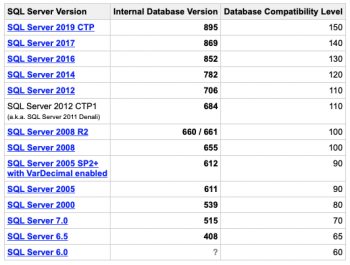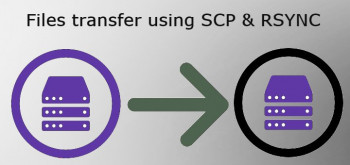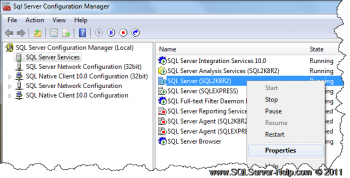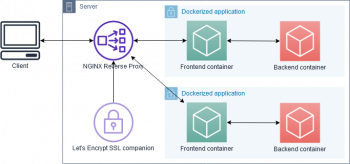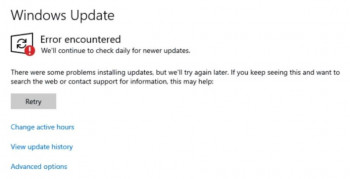Hidden Files and Directories in Ubuntu Linux System - How to create and view them ?
This article covers how to create and view hidden files and directories in Linux via command line and GUI. We also covered how to unhide the files and directories in Linux through a keyboard shortcut, command line, and File Manager. In fact, Linux, by default, hides many of the sensitive system files. Hidden files are usually system or application files, concealed to prevent accidental changes.
Automatic Kernel Updates on Linux - How to Configure it ?
This article covers the procedure on how to set up automatic kernel updates on Linux. In fact, Applying security updates to the Linux kernel is a simple process that can be done with tools like apt, yum, or kexec.
For organizations with more than a few servers, live patching is the best option. It is an automatic way to fix the Linux kernel while the server is running, making it more efficient and safer than manual methods.
Redirect Stderr to Stdout in Bash - How to get it done ?
This article covers how to redirect stderr to stdout in Bash. When redirecting the output of a command to a file or piping it to another command, you might notice that the error messages are printed on the screen. In Bash and other Linux shells, when a program is executed, it uses three standard I/O streams. Here, A file descriptor is just a number representing an open file. The input stream provides information to the program, generally by typing in the keyboard. The program output goes to the standard input stream and the error messages goes to the standard error stream. By default, both input and error streams are printed on the screen.
More about Loaded Kernel Modules and How to List their Information on a Linux Mint 20 System
This article covers how loaded kernel modules works in Linux. The kernel of a Linux system is the core that everything else in the operating system relies on. The functionality of the kernel can be extended by adding modules to it. As such, a user can fine tune their kernel settings by enabling or disabling modules. Now, you can list the information of these loaded kernel modules on your system's terminal.
How to Check Hardware Information on Ubuntu Graphically Using hardinfo
This article covers how to check the hardware information on your Linux system graphically using the hardinfo tool. In fact, a linux system is consists of different types of hardware such as processor, RAM, hard disk, network cards, etc. Linux provides various tools to check the details of these hardware parts.
You can launch hardinfo tool from the terminal by using the below command:
$ hardinfo
Install Tilix Terminal Emulator in Ubuntu 20.04 LTS
This article covers tilix features and different ways to install tilix on Ubuntu Linux system. In fact, we mentioned a few usages of the tilix which are very much highlighting and should have been present in a standard terminal emulator.
How to Install Tilix Terminal Emulator on Linux ?
Open terminal and execute the below commands:
$ sudo apt update
$ sudo apt-get install tilix
